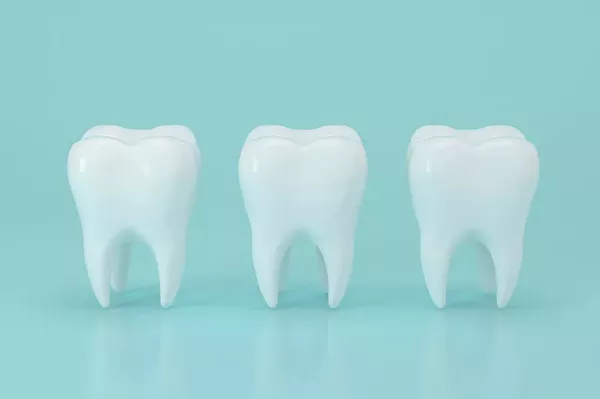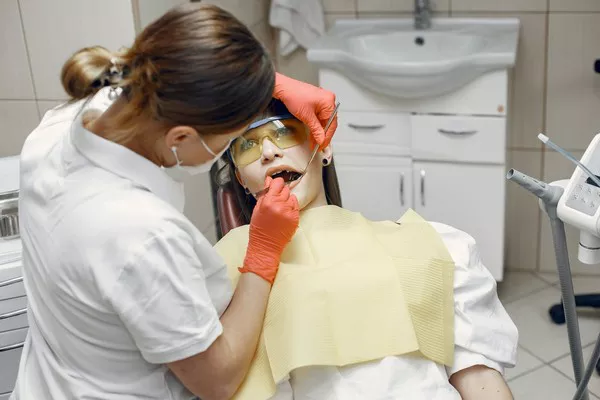In a groundbreaking development, researchers at the University of Washington have unlocked the potential for ‘living’ dental fillings, derived from authentic enamel. Tooth enamel, recognized as the human body’s most robust substance, serves as a protective shield for the vulnerable layers beneath. Once eroded, however, the body lacks the natural ability to regenerate it. Addressing this limitation, a recent study from the University of Washington showcases a promising advancement.
The conventional understanding has been that ameloblasts, the cells responsible for enamel production, perish shortly after tooth formation, rendering enamel regeneration impossible. However, the University of Washington’s research challenges this notion. By successfully converting stem cells into ameloblasts, scientists have achieved the capacity to generate rudimentary enamel under specific conditions.
Hannele Ruohola-Baker, a distinguished professor of biochemistry and associate director of the Institute for Stem Cell & Regenerative Medicine at the University of Washington, sheds light on the implications of this breakthrough for dental patients. The transformative potential of regrowing enamel opens new avenues for dental care, offering a glimpse into the future of restorative treatments.































